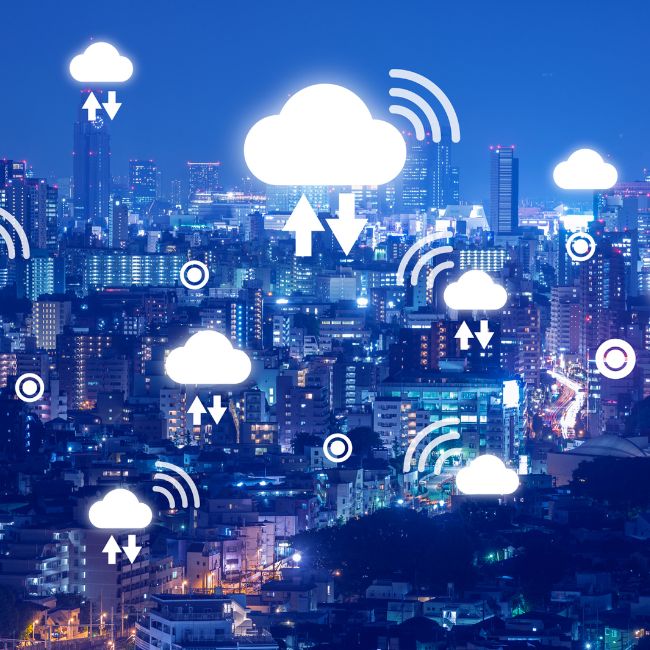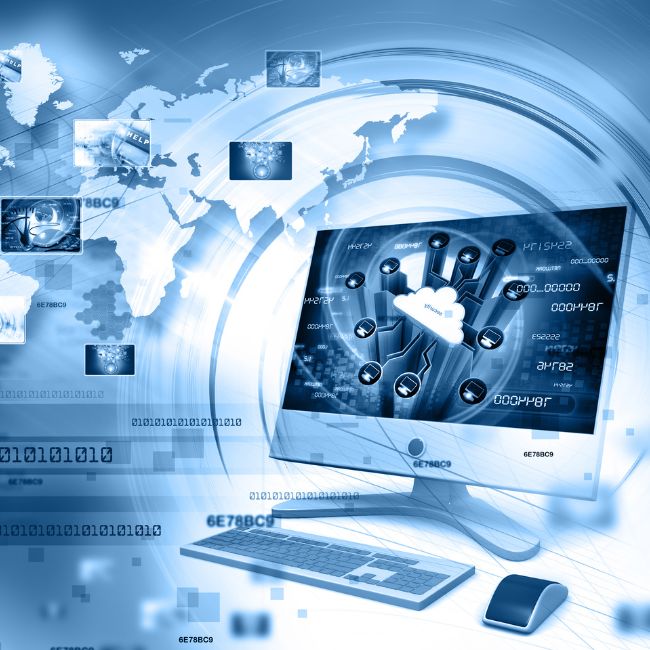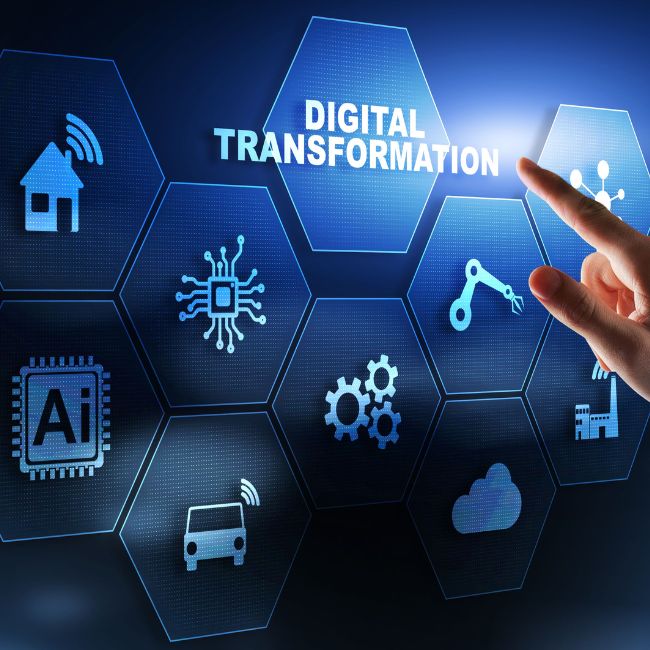What is a Digital Twin in Simple Words?
Understanding the Concept of Digital Twin and Its Significance in Modern Technology..
The Goal:
In the realm of technology, the concept of a "digital twin" has gained significant attention and importance.
It has emerged as a powerful tool that enables the virtual representation and simulation of physical objects or systems. By creating a digital replica of a real-world entity, digital twin technology allows for deeper insights, analysis, and optimization.

Introduction
At its core, a digital twin refers to a virtual replica of a physical object, process, or system. It captures both the physical and behavioral characteristics of the entity it represents, using real-time and historical data. Essentially, a digital twin acts as a bridge between the physical and digital worlds, providing a digital counterpart that can be analyzed, monitored, and manipulated.
How Does a Digital Twin Work?
To create a digital twin, various technologies are employed, including sensors, IoT (Internet of Things) devices, data analytics, and simulation models. These components work together to collect data from the physical object or system, transfer it to the digital realm, and create a dynamic representation.
The digital twin continuously receives data updates from its physical counterpart, allowing for real-time monitoring and analysis.


Applications of Digital Twin Technology
The applications of digital twin technology are vast and diverse, spanning multiple industries and sectors. Here are a few notable examples:
- Manufacturing: Digital twins are extensively used in manufacturing processes to optimize production, monitor equipment performance, and predict maintenance requirements. They enable manufacturers to simulate and test different scenarios, reducing downtime and enhancing productivity.
- Smart Cities: Digital twins play a crucial role in developing smart city infrastructure. By creating virtual replicas of urban environments, city planners can analyze traffic patterns, energy consumption, and resource utilization to make informed decisions and enhance overall efficiency.
- Healthcare: In healthcare, digital twins are employed for personalized medicine, patient monitoring, and surgical simulations. They allow doctors to assess the impact of treatments, analyze patient data, and make data-driven decisions for improved healthcare outcomes.
- Transportation: Digital twins are revolutionizing the transportation sector, enabling the optimization of routes, predictive maintenance of vehicles, and real-time monitoring of traffic conditions. They contribute to safer, more efficient transportation systems.
Benefits of Digital Twin
The adoption of digital twin technology brings several benefits to various industries:
- Improved Efficiency: Digital twins provide a deeper understanding of the physical entity they represent, leading to optimized processes, reduced downtime, and enhanced operational efficiency.
- Predictive Analysis: By continuously collecting and analyzing real-time data, digital twins enable predictive maintenance and forecasting, minimizing the risk of failures and maximizing asset utilization.
- Cost Savings: Digital twins help identify inefficiencies, optimize workflows, and reduce operational costs by simulating different scenarios and making data-driven decisions.
- Enhanced Innovation: With the ability to test and simulate different ideas in a virtual environment, digital twins foster innovation and facilitate the development of new products and services.


Challenges and Limitations of Digital Twin
While digital twin technology offers tremendous potential, it also faces certain challenges and limitations:
- Data accuracy and reliability: The quality and accuracy of the data collected from the physical entity directly impact the effectiveness of the digital twin. Inaccurate or unreliable data can lead to flawed simulations and incorrect insights.
- Data security and privacy: As digital twins rely on vast amounts of data, ensuring data security and privacy becomes crucial. Safeguarding sensitive information and protecting against unauthorized access is of utmost importance.
- Complexity and scalability: Creating and maintaining digital twins can be complex, especially for large-scale systems. Scaling the technology to accommodate complex systems and integrating data from multiple sources can pose significant challenges.
The Future of Digital Twin
The future of digital twin technology appears promising, with ongoing advancements and innovations. Here are some key trends to watch out for:
- Integration with AI and Machine Learning: Combining digital twins with artificial intelligence (AI) and machine learning (ML) algorithms enhances their capabilities, allowing for autonomous decision-making and predictive analytics.
- Expansion to New Industries: Digital twins will likely extend their reach to new industries, such as agriculture, energy, and construction, offering opportunities for optimization and efficiency improvement.
- Interconnectivity and Collaboration: The integration of multiple digital twins within a network can foster collaboration, enabling enhanced coordination and synchronization across various systems and entities.

Summary
In conclusion, this is a virtual replica of a physical object or system that enables real-time monitoring, analysis, and simulation. It has wide-ranging applications and offers significant benefits across industries. While challenges exist, the continuous evolution of technology and its integration with AI and ML will propel the growth and adoption of digital twin technology in the future.
Frequently Asked Questions

A digital twin goes beyond a static 3D model by incorporating real-time data and behavioral characteristics. It is a dynamic representation that allows for monitoring, analysis, and simulation of the physical entity it represents.
Yes, digital twins can utilize historical data to analyze past performance, identify patterns, and make predictions for future scenarios.
Yes, data privacy is a significant concern when implementing digital twin technology. Organizations must ensure proper security measures are in place to protect sensitive data.
No, digital twins can be implemented for entities of various sizes, ranging from small devices to large-scale systems. The scalability of digital twin technology allows for its application in different contexts.
Digital twins enable optimization and analysis of resource utilization, energy consumption, and efficiency, contributing to sustainability efforts by identifying areas for improvement and reducing waste.
Show your products with 3D Marketing Tool
Try Clooned today and take your products to the next level!
Contact us for more information.
©2023. GUNERY. All Rights Reserved.


